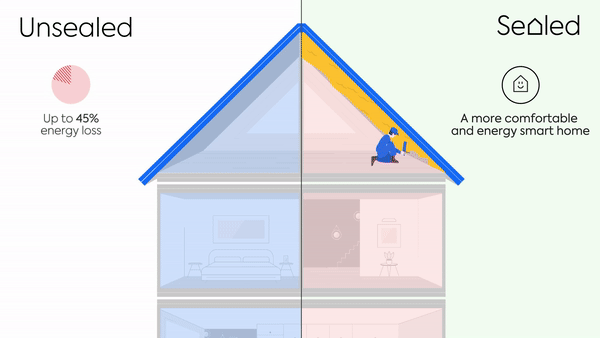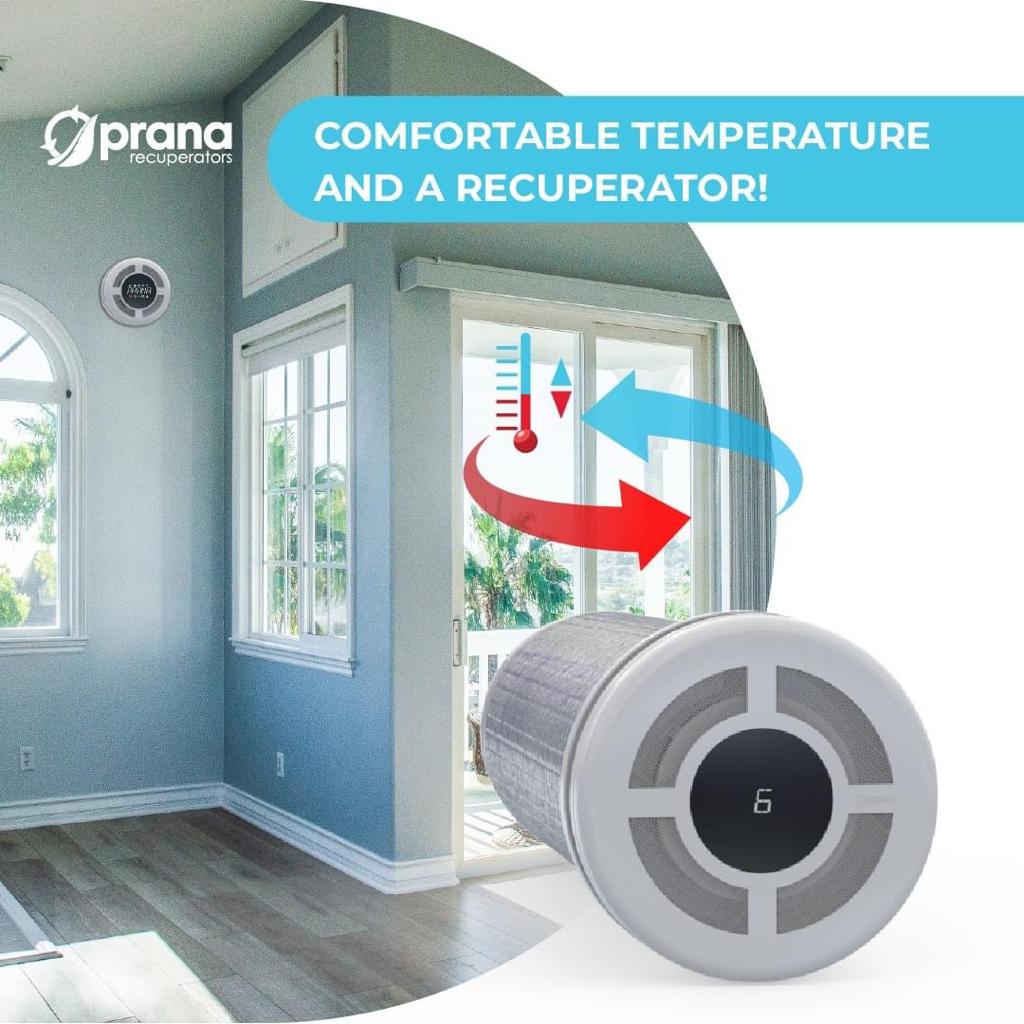Comprehending the Value of Home Air Flow for a Healthier Living Atmosphere
Home ventilation plays a necessary duty in preserving a healthy living environment. It promotes the exchange of outside and indoor air, which is essential for enhancing air high quality. Without appropriate ventilation, homes can become breeding grounds for allergens and contaminants. The effects of poor air blood circulation can be significant. This raises the query of how property owners can successfully carry out air flow approaches to guard their wellness and wellness. Recognizing these methods is critical.

The Basics of Home Ventilation
Home ventilation acts as a necessary part of indoor air quality and comfort. It involves the procedure of exchanging stale interior air with fresh outdoor air, thus lowering humidity and controlling temperature. Appropriate ventilation systems can include natural methods, such as open home windows and vents, along with mechanical systems, such as exhaust followers and air exchangers. Reliable home air flow assists stop concerns like interior mold and mildew development and the build-up of harmful bits. It likewise enhances total power performance, as well-ventilated rooms can preserve comfortable temperature levels with much less reliance on home heating and cooling down systems. Comprehending the fundamentals of home ventilation is important for homeowners looking for to produce a much healthier living setting on their own and their families.

Usual Resources of Indoor Air Contamination

Numerous may not realize it, indoor air pollution can stem from numerous sources within a house. Common contributors consist of unstable organic substances (VOCs) discharged from paints, solvents, and cleansing products. Household devices, such as gas stoves and fire places, can release hazardous gases like carbon monoxide gas and nitrogen dioxide. In addition, mold and mold prosper in moist areas, launching spores that impact air quality. Pet dog dander, allergen, and pollen can gather inside your home, further exacerbating pollution degrees. Smoking inside produces harmful chemicals that linger in the air. Building materials, consisting of asbestos and formaldehyde, can off-gas dangerous substances. Acknowledging these resources is essential for keeping a healthier interior setting and promoting efficient ventilation approaches.
Health And Wellness Results of Poor Air Flow
Interior air pollution can have considerable health implications, specifically when ventilation is insufficient. Poor air flow can result in the build-up of harmful contaminants, such as unpredictable natural substances, mold, and particulate issue. This build-up may lead to respiratory problems, consisting of bronchial asthma, allergies, and persistent obstructive pulmonary illness. People might experience signs and symptoms like migraines, tiredness, and inflammation of the eyes, nose, and throat. Vulnerable populaces, such as youngsters and the elderly, are at higher danger for serious health and wellness impacts. Long-term exposure find this to improperly aerated atmospheres can additionally contribute to a lot more significant problems, consisting of cardiovascular illness. Subsequently, making certain proper air flow is necessary for maintaining a healthy living setting and decreasing the risk of health and wellness complications associated with indoor air pollution.
Effective Air Flow Methods for Your Home
Appropriate air flow is crucial for preserving a healthy interior atmosphere, and executing reliable methods can significantly improve air top quality. Property owners can begin by guaranteeing that exhaust followers are set up in bathroom and kitchens to get rid of excess moisture and smells. Opening up home windows consistently allows fresh air to flow, particularly during moderate climate. Furthermore, making use of air purifiers with HEPA filters can help catch air-borne pollutants. For homes with home heating and cooling systems, keeping heating and cooling systems and transforming filters routinely is crucial for peak performance. Including natural ventilation strategies, such as cross-ventilation, can additionally boost air flow. Ultimately, sealing any type of leakages in home windows and doors avoids unwanted drafts, which can interfere with controlled air flow, inevitably leading to improved indoor air top quality and comfort.
Maintaining Optimum Air Top Quality Year-Round
To keep optimal air high quality year-round, home owners must adopt a proactive approach to handling their interior atmosphere. Consistently monitoring indoor air quality is vital; this consists of monitoring for contaminants such as dust, mold, and unstable natural company website compounds (VOCs) Carrying out efficient air flow systems, such as exhaust followers and air purifiers, can substantially lower air-borne contaminants. Additionally, regular upkeep of HVAC systems guarantees peak performance and air circulation. Homeowners should additionally take into consideration moisture degrees, as excessive moisture can bring about mold and mildew development. Seasonal changes might require adjustments in air flow strategies to suit varying outdoor air top quality. By prioritizing these methods, house owners can create a much healthier space, promoting total wellness for all residents throughout the year.
Often Asked Inquiries
How Can I Inform if My Home Needs Much Better Air Flow?
To identify if a home calls for much better air flow, one ought to observe indicators such as relentless humidity, mold and mildew growth, mildewy odors, condensation on windows, or increased allergic reaction symptoms, suggesting poor air flow and possibly poor interior air top quality.
What Are the Signs of Poor Indoor Air Top Quality?

Can Houseplants Improve Indoor Air Top Quality Successfully?
The effectiveness of houseplants in boosting interior air top quality is discussed. While some researches suggest they can take in toxins and generate oxygen, their total effect might be very little contrasted to correct ventilation and air filtering systems.
How Usually Should I Adjustment My Air Filters?
The regularity of air filter modifications typically depends on use and filter kind. Generally, it is suggested to change filters every 3 months, though homes with allergic reactions or pets may need more regular modifications for ideal efficiency.
Exist Any Certain Air Flow Equipments for Allergy Sufferers?
Several ventilation systems, such as HEPA-filtered systems, effectively reduce allergens in the air. Home Ventilation Melbourne. These systems trap pollen, dust, and family pet dander, providing allergy sufferers with a cleaner, healthier indoor environment while taking care of air quality successfully
It assists in the exchange of outside and indoor air, which is essential for improving air quality. Home ventilation serves read what he said as an essential component of interior air top quality and comfort. It includes the procedure of trading stale indoor air with fresh exterior air, therefore lowering moisture and managing temperature. Indoor air contamination can have considerable health implications, specifically when air flow is poor. Correct air flow is crucial for keeping a healthy indoor environment, and applying reliable techniques can significantly enhance air high quality.